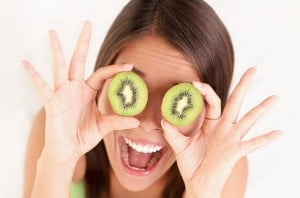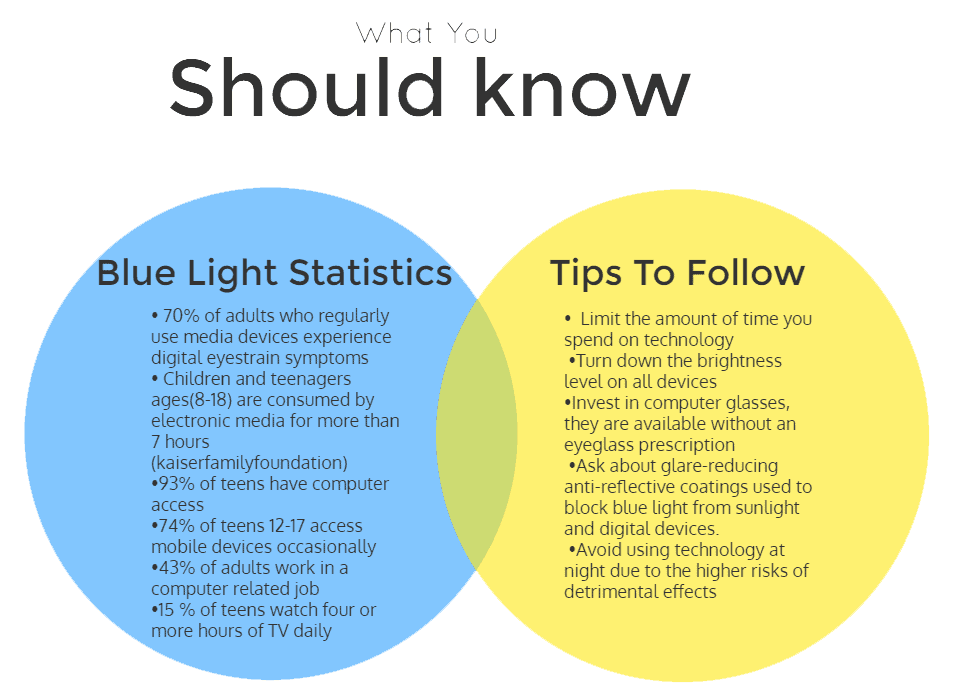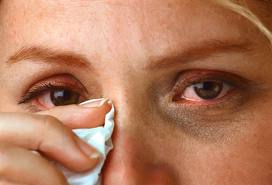
As the leaves change colors and fall quickly approaches, the air gets drier causing the eyes to dry out. Dry eyes is a common condition that is suffered by many people around the world. One of the main causes of Dry Eye is Meibomian Gland Dysfunction. Meibomian gland dysfunction causes a blockage of your meibomian gland, and causes inflammation causing discomfort, and irritability in the eye.Tear-flow imbalance, age, side effects from certain medicine can also be common reasons for dry eyes.
For those who have chronic dry eyes there are many treatments available to help you to reduce symptoms, even in some cases fix the problem.
Below are a few treatment options available and symptoms of dry eyes.
Symptoms
- Reddening of the eyes
- Irritation
- Increased rubbing
- Burning sensations
- Stinging
- Watering
- Foreign body sensation
- Excessive blinking
- Excessive eye rubbing
Treatments for Dry Eyes:
Artificial Tears & Eye Drops
There are several over the counter drops or artificial tears that will allow you temporary relief from dry eyes. This solution is only a temporary fix. Being evaluated to find the underlining cause of your dry eyes is very important.
Temporary Punctual Occlusion
This also a temporary fix if the ducts in the eye are draining too much the plugs can close the ducts to allow some relief. It is also used to determine if this would be a good permanent fix for your dry eye condition. If so than permanent plugs can be added or non-dissolving punctual occlusion.
LipiFlow
Lipiflow, which is an FDA approved treatment is a non-invasive, 12 minute spa-like treatment that cleans out the clogged oil glands using heat.Most patients describe the procedure as a “mini- facial” for the eyelids.

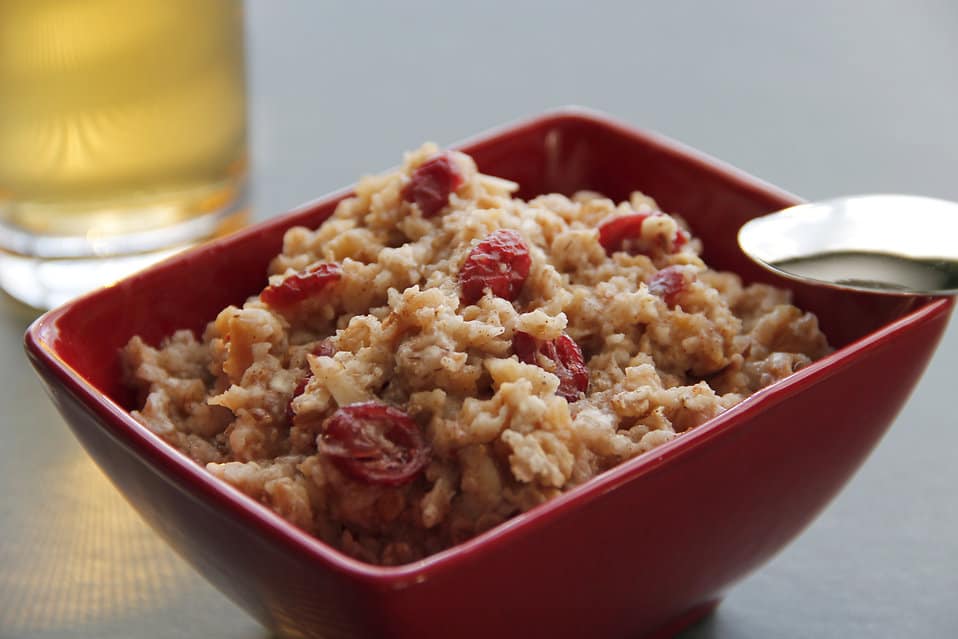
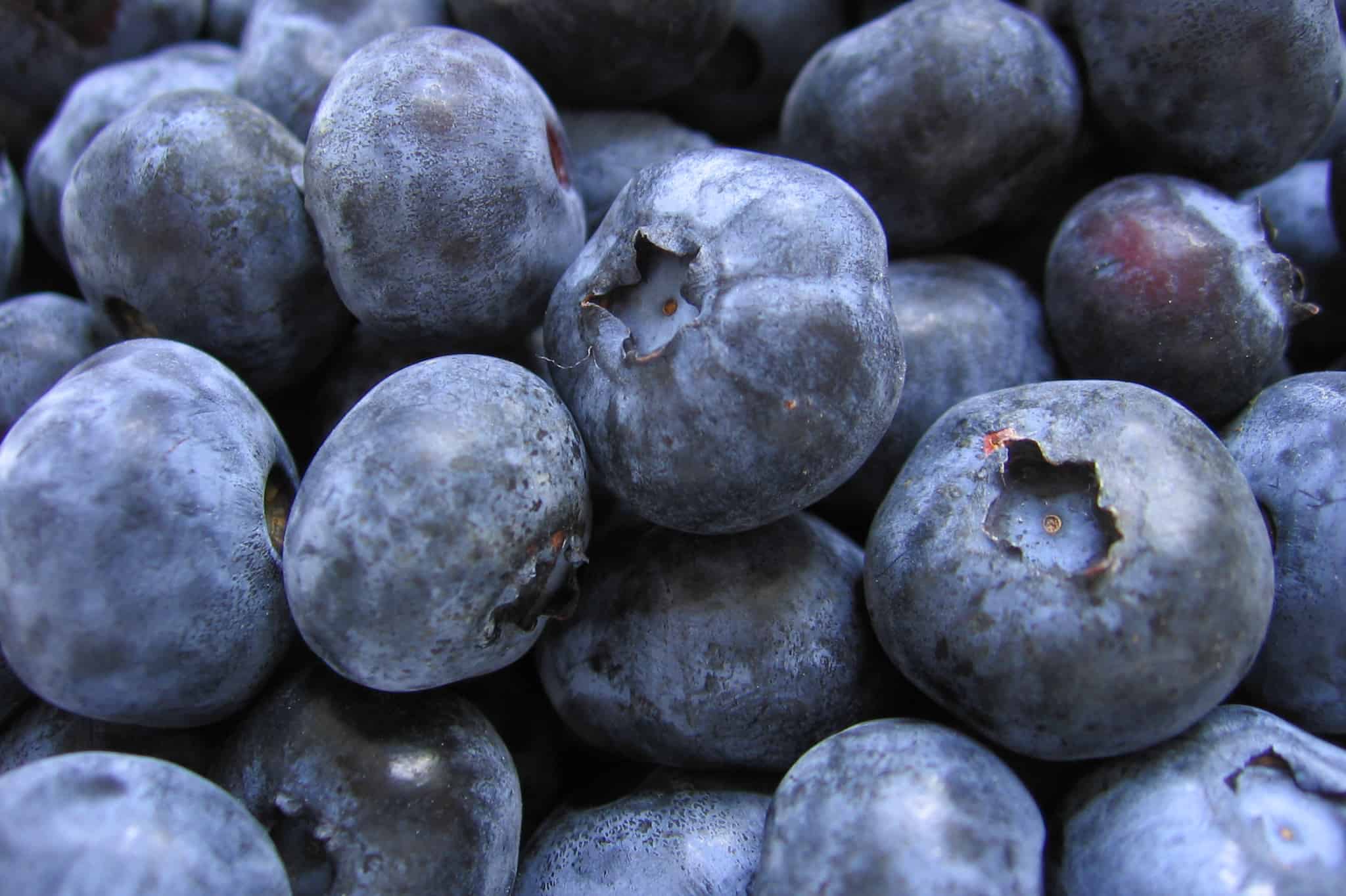




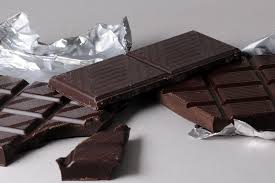 Dark chocolate has caffeine content that is antioxidant rich. It contains flavonoids, a class of antioxidant that helps boost blood flow, brain health and regulating cholesterol and blood pressure.
Dark chocolate has caffeine content that is antioxidant rich. It contains flavonoids, a class of antioxidant that helps boost blood flow, brain health and regulating cholesterol and blood pressure.

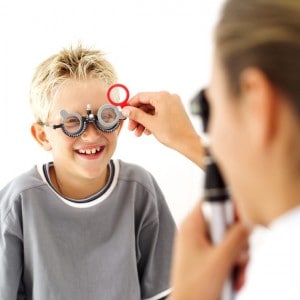 With kids busy running to class, staring endlessly at computer screens, studying or training hard for their school’s athletics program, thinking about maintaining good eye health and safety may not be a top priority in their minds. By taking the time to teach them a few important safety tips, parents can ensure their kids will be able to focus on what really matters: education.Below are a few of the most important things to remember:
With kids busy running to class, staring endlessly at computer screens, studying or training hard for their school’s athletics program, thinking about maintaining good eye health and safety may not be a top priority in their minds. By taking the time to teach them a few important safety tips, parents can ensure their kids will be able to focus on what really matters: education.Below are a few of the most important things to remember: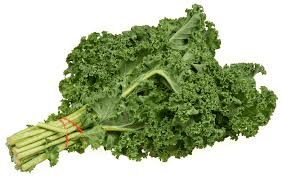

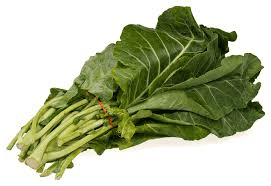

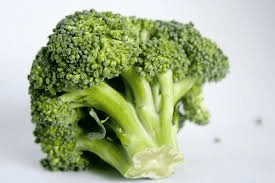

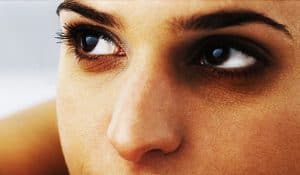 Most women can agree that having dark circles under their eyes is one of their main beauty insecurities. It’s no secret the “panda eyes” do not just come from lack of sleep. Diet, sun exposure, allergies, heredity, contact dermatitis, eczema and thinning of the skin related are all common causes of dark under eye circles. Being sleep deprived is the most common cause and can be simple to prevent, however oversleeping can cause dark eye circles as well. If the dark circles appeared in early childhood, one can assume it is an inherited trait that some people may or may not grow out of. Nasal congestion from allergies dilates the blood vessels around the eyes making the circles more apparent. Iron deficiency can also stop blood circulation to carry oxygen into the eye tissues. Excessive drinking and smoking is also a main contributor. Since alcohol dehydrates the body, after a night of heavy drinking it is important to drink lots of water and apply moisturizer to the under eye area. Controlling the amount of sodium your body intakes will also help with under eye circles because salt causes fluid retention in the body as well as the eye area.
Most women can agree that having dark circles under their eyes is one of their main beauty insecurities. It’s no secret the “panda eyes” do not just come from lack of sleep. Diet, sun exposure, allergies, heredity, contact dermatitis, eczema and thinning of the skin related are all common causes of dark under eye circles. Being sleep deprived is the most common cause and can be simple to prevent, however oversleeping can cause dark eye circles as well. If the dark circles appeared in early childhood, one can assume it is an inherited trait that some people may or may not grow out of. Nasal congestion from allergies dilates the blood vessels around the eyes making the circles more apparent. Iron deficiency can also stop blood circulation to carry oxygen into the eye tissues. Excessive drinking and smoking is also a main contributor. Since alcohol dehydrates the body, after a night of heavy drinking it is important to drink lots of water and apply moisturizer to the under eye area. Controlling the amount of sodium your body intakes will also help with under eye circles because salt causes fluid retention in the body as well as the eye area.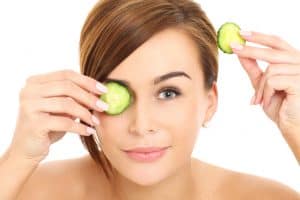 Besides the four listed items above, there are many helpful remedies you can try at home. I provided you with a list below.
Besides the four listed items above, there are many helpful remedies you can try at home. I provided you with a list below.